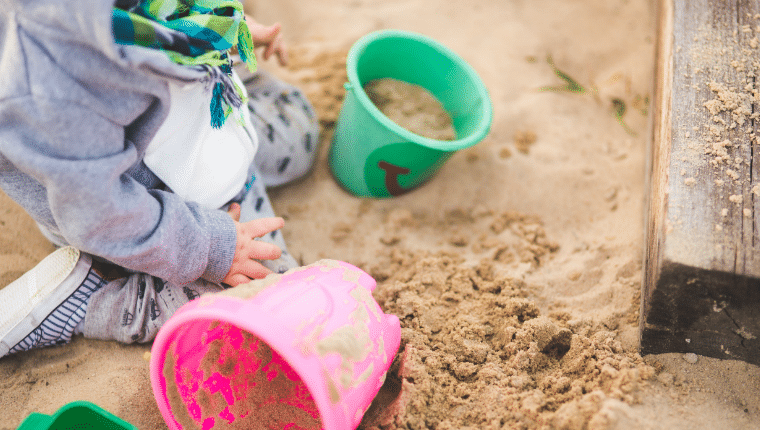Gone are the days when environment design of an Early Childhood Centre took a back seat to functionality and practicality. Of course these still need to be taken into consideration when designing a space for children but what people now realise is there are far more important things to think about.
Something as seemingly simple as lighting can make a crucial difference to a space. Is there enough natural light? Is it ambient and easy on the eyes? Do you need to have artificial light and do you want this to be a feature? Is there a place for coloured or dispersed light? All those decisions and things to think about and we’re only up to lighting!
First impressions for a Centre are crucial to gain bookings and create a well-respected reputation in the community. The frontage and entrance to a centre are the first things a family sees and can potentially make or break a first impression. An entrance needs to be inviting and welcoming for families and needs touches that say that ‘This is a place for children’. A foyer is also a great place to introduce the teachers in the centre and have some information about each of them.
What about the walls? The colour scheme needs to be aesthetically pleasing but more importantly neutral and calming. Not bright, overbearing and over-stimulating. Are you going to have pinboards for displays to keep them looking neat and tidy? Will they be at the children’s level so that they have access to their art and other work? Then there’s texture, could you add this to the walls? I’m a big advocate for texture. Having a variety of textured and tactile experiences are great for children to explore and further develop their working theories and understanding of the world around them. Floors and ceilings are very important in the daily life of children. Think about how much time a child spends on the floor during play. Because of this flooring needs to be practical but comfortable, and plain so as to allow equipment to stand out more clearly, and reduce visual clutter in an already busy room. Ceilings, too, are crucially important when you take into consideration how much time children, particularly infants, spend looking at ceilings. They should be brought down to a lower level using soft, tactile drapings and made interesting with mobiles and other hangings.
Once you have the walls, floors and ceilings decided you can move onto within a space. A play space for children needs to welcome them in and create a sense of magic for them. I have tried to look at what I think are the most important things to consider for within a space and have come up with the eight S’s.
First is Simplicity, a simple room arrangement allows for a wide variety of appropriate experiences to be added and changed to accommodate movement patterns and changing interests. Moveable partitions keep a room divided for different uses that can be changed easily.
Stimulation is the key for children. They need to be provided with a variety of appropriate challenges to meet their growing skill levels and abilities, through equipment and activities that engage and maintain interest. Changes in levels allow children to learn about different perspectives. Children need to choose when they want to be stimulated and have experiences available for them to explore in their own, unhurried time and way.
The Senses need to be stimulated throughout exploration to encourage optimal development. Textures, smells, visual cues and interesting sounds all help children to develop a sense of wonder and interest in the world around them. A great way to do this is by connecting with nature. Children need to learn about the natural world and natural resources are great at stimulating the senses.
Seclusion and softness are two of my favourite S’s. The joy of protected corners creates safe, quiet places for children to retreat to for peace and time away from the busyness. In these protected spaces there should be no surprises and lots of soft cushions and other furnishings to create a safe, homely feel for children seeking them.
Stability is important, especially for toddlers, as the world can be confusing and overwhelming. Children feel more secure and more in control in an environment when they know what to expect and where to find things. Materials and resources need to remain while the interest in them does and should not be changed too frequently.
Lastly there is Safety and Sanitation. Equipment needs to be sturdy and children’s exploration and little sense of danger taken into consideration. Fall areas are a big consideration, as exploration will lead to accidents. Can all areas be seen for easier supervision? Sanitation should really be top of the list as despite it’s ‘practical’ application it is what will keep everyone healthy. Bathroom and nappy changing facilities need to be easy to use and inviting for children. Keeping toilets, hand basins and changing areas at children’s level empowers them to take responsibility for their own care and makes these areas much more functional for all that use them.
I have only briefly touched on some of the important aspects to take into consideration when designing play spaces for young children and as you can see there are many different things to think about vary carefully.
Interested in learning more about this topic? Check out our course – Environment Design in Early Childhood Education – via the Online Learning Hub.



